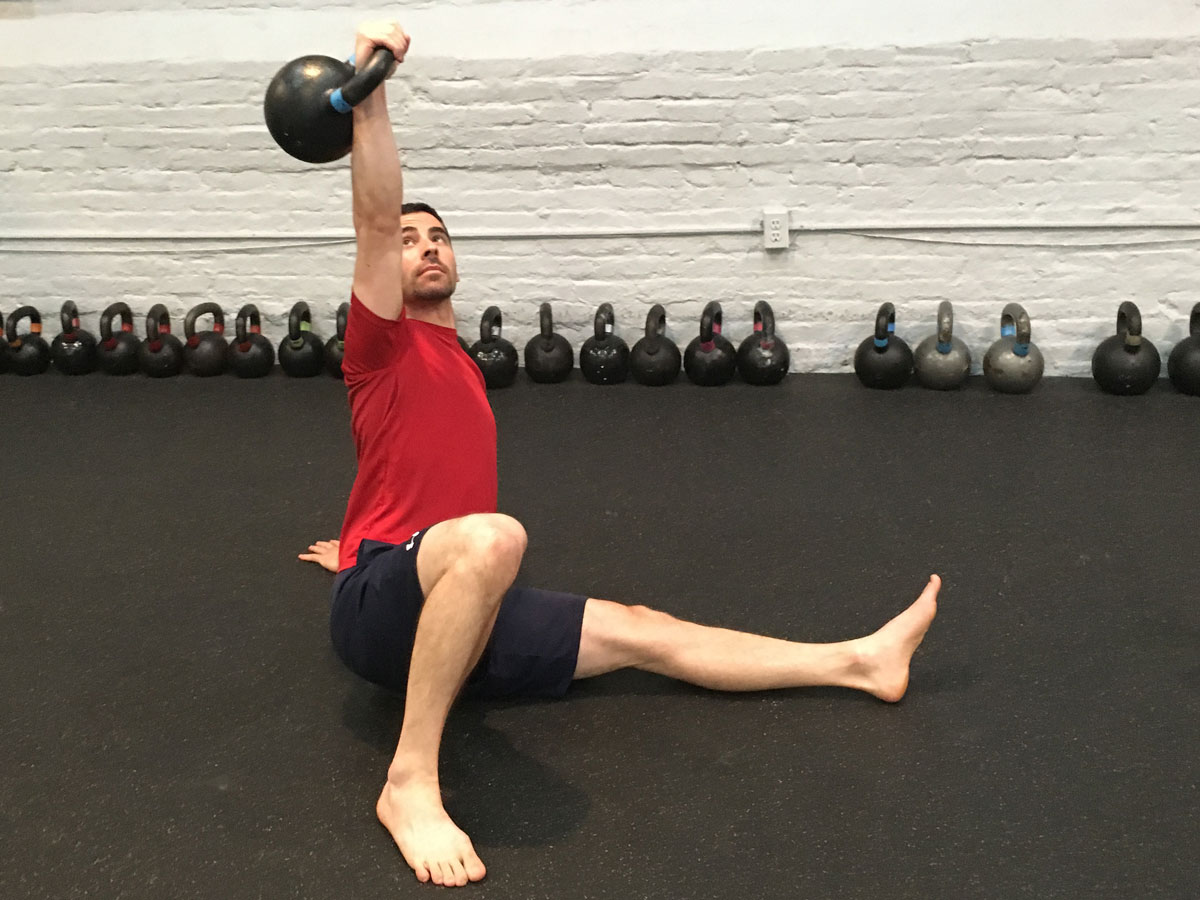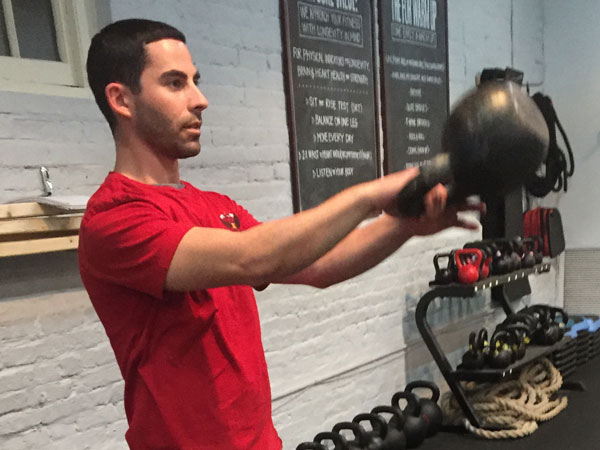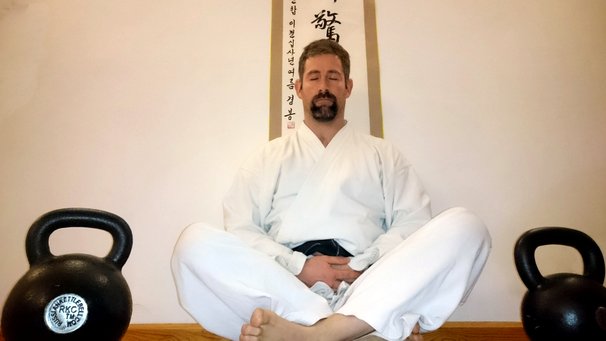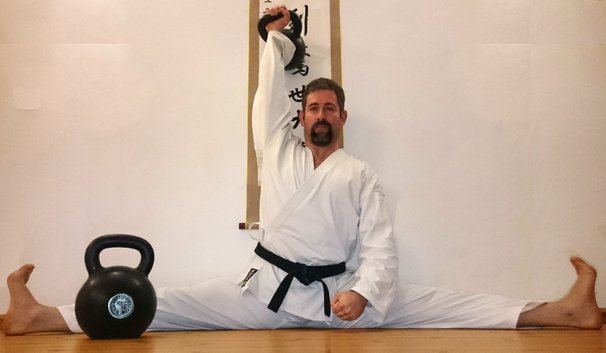
Kettlebell Technique Includes Breathing Technique
The fact that you’re reading this post means that you take your health and fitness seriously–this is also why I’m so excited to share this information with you.
Often, people who are new to kettlebells don’t realize how important breathing is during a workout.
Learning how to breathe correctly for kettlebell training will allow you to produce more power and contract your core properly, which will also protect your back. Correct breathing will also allow you to get oxygen to your brain, so you don’t pass out.
In the RKC, we use a breathing technique called “Hardstyle Breathing” for power and safety.
It’s a very distinctive hissing sound that may sound a little silly, but it’s vital!
This hissing sound is applied differently depending on which type of kettlebell exercise you’re doing.
Hardstyle Kettlebell Exercises are Categorized as Ballistics or Grinds:
- Ballistic exercises are explosive and fast (kettlebell swings, cleans, and snatches).
- Grind exercises require lots of tension and are generally performed more slowly (presses, squats, deadlifts).
Breathing for Ballistic Kettlebell Exercises
When you’re doing a ballistic exercise, the exhale is much shorter compared to the exhale during a grind exercise.
For example, during a swing, clean, or snatch the exhale happens at the same time that your glutes and quads contract, or when you stand straight up. It’s a short, sharp exhale that generates more power, which will help the kettlebell float.

This short exhale will also contract your abs, which will prevent you from leaning back and placing stress on your lower back. Think of the exhale as a way to brace your abs for an incoming punch.
As the kettlebell goes into the backswing part of a swing, clean, or snatch, quickly sniff in through your nose filling your belly with air.
Breathing for Kettlebell Grinds
Kettlebell grinds are slower and require more tension. Similarly, your inhale and exhale will be longer to match each part of the movement.
For example, during an overhead kettlebell press, you will exhale through your teeth as you press the kettlebell overhead. Then, inhale through your nose as you pull the kettlebell back down to the rack position.
Using Hardstyle breathing during grind exercises will help you keep your core tight, so you don’t hurt your back, and will help you generate more power.
I hope this information helps you in your quest to get into better shape using kettlebells.
Stay Strong,
Ryan Jankowitz, RKC II, CK-FMS
***
Ryan Jankowitz, RKC II, CK-FMS is the owner of RJ Kettlebell. He’s on a mission to help busy men and women get into better shape using kettlebells. He enjoys spreading the RKC message and teaching others. If you’re new to kettlebells or you just need some guidance, try his FREE 5-Day Kettlebell Workout Plan.

